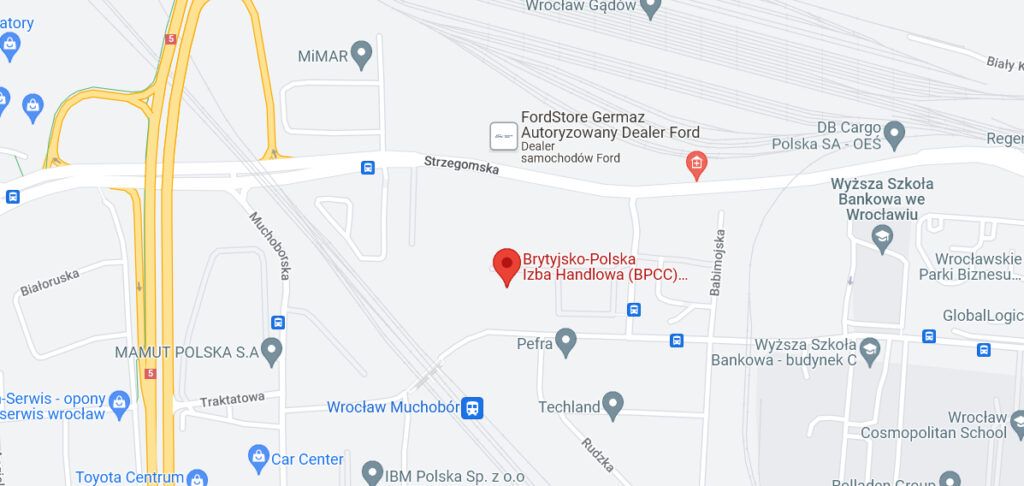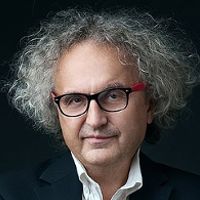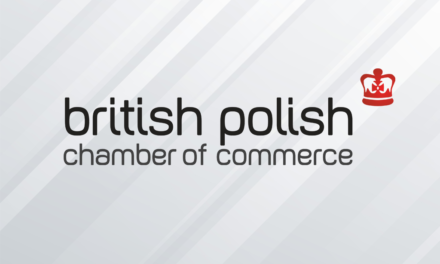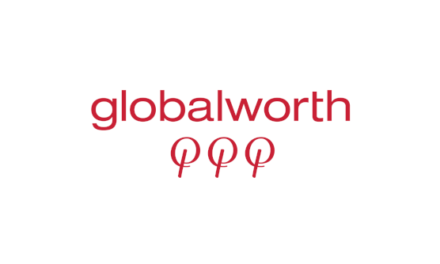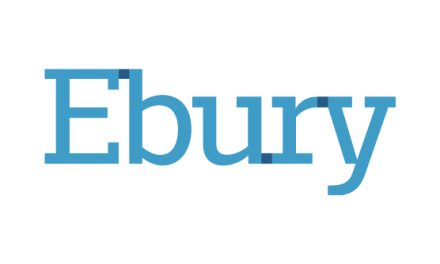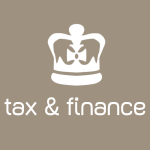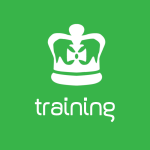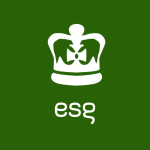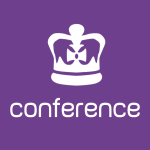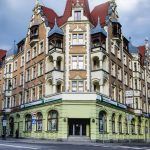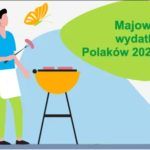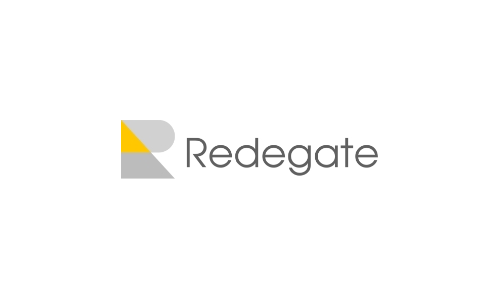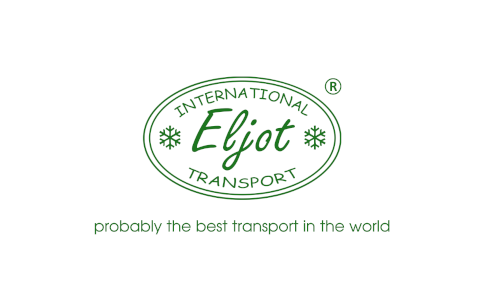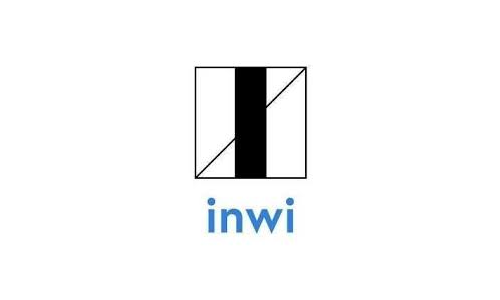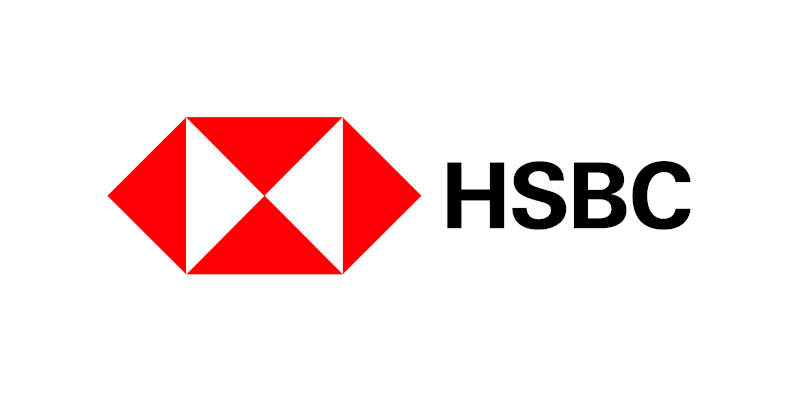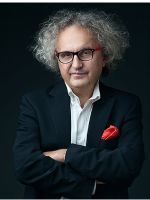
President of the board of Targi Kielce, Andrzej Mochoń, talks to the BPCC’s Michael Dembinski about how the trade-fair centre has weathered the pandemic and Russian invasion of Ukraine, and how it intends to grow in an increasingly competitive global market
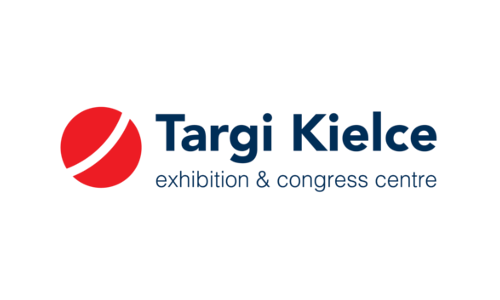
Targi Kielce is, after Poznań, Poland’s second-largest trade-fair centre, and probably most famous worldwide because of its MSPO, the defence exhibition that takes place every year in early September. Apart from MSPO, which are the biggest and internationally most notable fairs you hold annually in Kielce?
Targi Kielce’s portfolio includes many international events; the 2023 Kids’ Time International Fair of Toys and Products for Mother and Child hosted 266 companies, including 40 foreign firms. Almost 400 companies from 26 countries from all corners of the world were brought together for the 2022 PLASTPOL International Fair of Plastics and Rubber Processing. The events’ international character can also be related to the visitors’ profiles. Thirty-two foreign partners were invited to participate in POLSECURE, the law enforcement and unformed services expo. There are several delegations that have already confirmed their participation. Commander/deputy commander level delegations include Estonia, Georgia, Israel, Bulgaria, South Korea, Romania, Latvia and Slovenia. When we organised the first International Defence Industry Exhibition, our mission was to be a matchmaker between the Polish industry and global clients; this objective has also defined all other events we hold.
It’s a truism in business that nothing beats face-to-face meetings or a hands-on demonstration of a piece of equipment. But, unfortunately, the pandemic caused a massive shift towards online meetings and e-commerce – what are you doing now to restore the position of trade fairs to their former primacy?
It’s hard to disagree with this statement; the pandemic time has altered our reality. Many companies work in remote mode. People also got used to online shopping. Does this really mean that instead of having a coffee with friends, we’d rather choose a Zoom meeting? Expos which have been organised after the pandemic subsided were a clear indicator that all business sectors craved face-to-face meetings, both official ones and less formal ones. Meetings of all types – this is what the exhibition industry is made of. We now use the digital space as a supplement to trade fairs, and we want to embrace all the latest trends. All trade fair centres in the world share the same experiences; nothing matches the indisputable sense of holding live expos. Trade shows fuel the development of the economy.
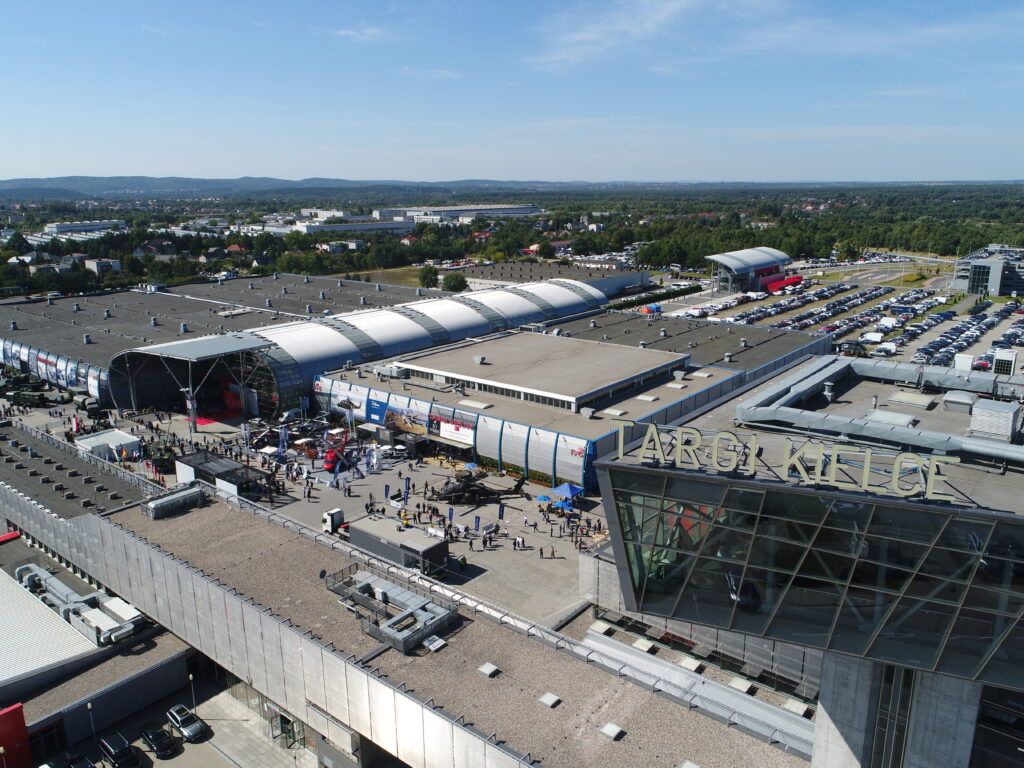
Looking more broadly at the trade-fairs market globally, how bad was the damage done to the sector by the pandemic, and to what extent – and how quickly – can trade fairs recover from such a sudden and unexpected downturn in business?
At the beginning of the pandemic, the losses to the exhibition industry were estimated at the level of 150 million złotys per month by the Polish Chamber of Exhibition Industry. Trade fairs are more than just events. They also serve as business meetings which bring benefits for participating companies and guests. Exhibitions stimulate a country’s economy as well as the economy of the regions where expo centres are located. Trade fairs mean a multitude of companies that generate income as the result of an expo centre’s business operations – hotels, hospitality, transport, catering, stand-construction companies, advertising services, printers, and even florists and small service providers. For instance, according to the Association of the German Trade Fair Industry – AUMA, the exhibition organiser’s business activity in a given city generates up to seven times greater turnover across all local expo-related businesses. In the post-pandemic period, many expo industry companies changed their business profile; some were liquidated. The meetings industry will suffer the post-pandemic impact for years to come.
What are the most persuasive arguments you can offer that show the effectiveness of trade fairs compared to other forms of business development?
We provide a comfortable meeting space. We measure the event’s success rate with the number of valuable relationships our guests have established. We help build trust, as trust is the basis of good relations. We also inspire to exchange thoughts, experiences and emotions. We talk to exhibitors after each event; we analyse the benefits they have achieved. Every contract signed during or after the trade fair is an important argument for participating in the consecutive show.
As an international trade-fair venue, how do you communicate with stakeholders – potential exhibitors and visitors – around the world? What is more needed to boost the profile of Targi Kielce as an important place on the map, with important dates on the business calendar?
International communication related to such a complex product such as a trade fair requires thorough analyses, which results in the tailor-made offer, specific for a particular business sector and a specific country. This well-defined communication is targeted at exhibitors or visitors. For example, the TRANSEXPO International Fair of Public Transport promotion targeted at bringing expo visitors focuses on the Czech Republic. Czechia does not have any domestic bus manufacturers. Ukraine is also a focal point; this country’s bus fleet will be reconstructed. We prospect for the Exhibition of Metal Processing Technologies exhibitors in Turkey and Italy, as these countries are the machine and tool industry giants. We make the most of many communication channels, including industry media and social media. We appreciate our cooperation with organisations, associations and chambers operating in a given country; a support of a knowledge-partner who knows a specific market is pivotal.
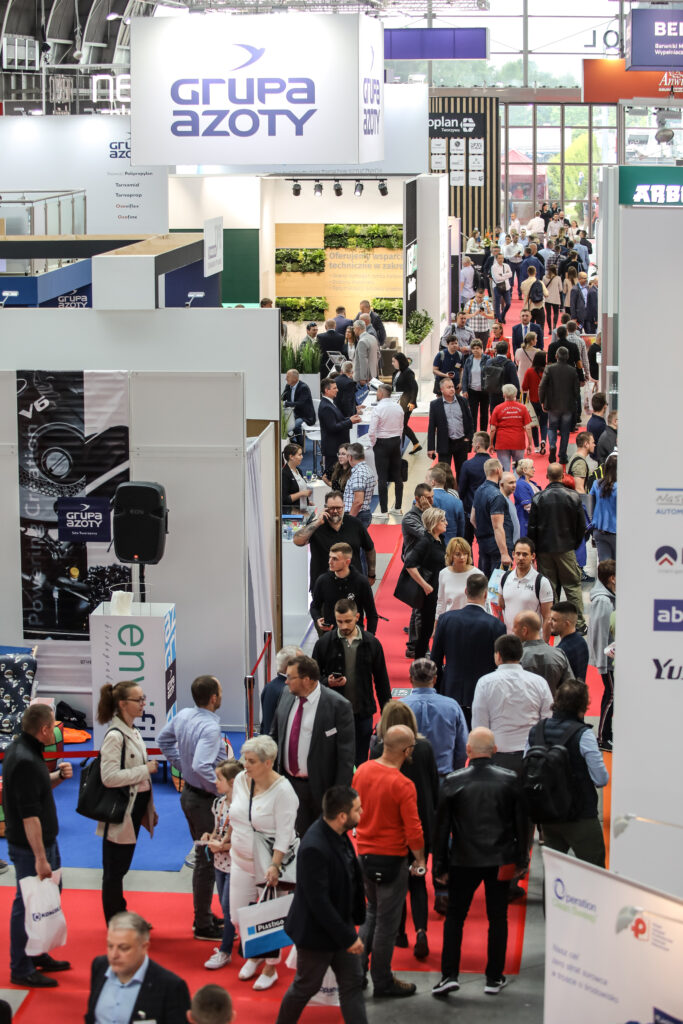
The premises of the trade fair have been extended significantly in recent years – what new investments are you now planning, and how what effect will they have on the overall size and capabilities of Targi Kielce in the future? What new exhibitions have you planned?
Back in 2020, we wanted to have a new exhibition hall built; it was designed so as to be converted into a concert hall. The 12,000m2 building was supposed to change the exhibition’s complex image; the H expo hall was to be twice as large as the E hall. The H’s interior was supposed to be pillar-free; not only can it accommodate trade fairs but also concerts and congresses. The stage lighting and sound systems installations were included in the design. These plans were completely ruined by the pandemic; we burnt through all the money allocated to this investment to keep afloat during the lockdown. We still have a valid building permit and I hope we will be able to make our plans come true. In order to run a business, at least at the current level, generate profits and meet the expectations of customers, investments are necessary; in 2023, the investment scheme is estimated to amount to 23 million złotys. The projects’ pool includes a repair of leaking roofs on the expo halls, adapting one of them is to be equipped with a photovoltaic installation. The PV panel array is purchased to reduce electricity costs. The project of the Kielce exhibition and congress centre’s informatisation is also entering its third phase, which includes the construction of an access control system.
In 2022, we launched four new events; the interest in the Roof Expo has exceeded our highest expectations, the international POLSECURE police expo turned out to be a smash-hit on a national scale. Our B2Beauty contracting event has allowed the Polish cosmetic and pharmaceutical companies to find buyers in other parts of the world. The boxing expo came as a sensational event, which also witnessed the Polish record in the number of people participating in the boxing warm-up. 2023 marks the Fruit and Vegetable Farming Expo, one of Central and Eastern Europe’s largest specialist horticultural exhibitions, This was a debut in Targi Kielce; the expo having been held in Warsaw before. We still have some ideas for brand-new events, but it’s too early to offer details related to the events in the pipeline.
The city of Kielce lies 200km/125 miles from the Ukrainian border. Have you noticed any impact caused by the Russian invasion of Ukraine in terms of foreign visitors putting off participation in your trade fairs because of perceived risk?
Russian aggression is a significant factor affecting the exhibition centres’ business operation. Many exhibitors decide not to participate in exhibitions in our part of Europe for a simple reason – fear. The war in the East raises concerns and instils fear. People are afraid of travelling. This feeling has aggravated since it became clear that the conflict would not end soon. Thus, there is an even greater need to ensure border security; thus, the Kielce exhibition and congress centre’s portfolio includes the event – which has gained extra momentum because of the war. The MSPO International Defence Industry Exhibition held in September brought together 613 exhibitors from 33 countries and 60 official delegations from 39 countries. MSPO hosted over 25,000 guests from all corners of the world. We have been reassured about how vital the event is. However, this has not overshadowed the challenges we will face in the upcoming year.
What transport infrastructure improvements would you like to see in future that would communicate Targi Kielce better with other Polish cities and international markets?
After the modernisation of the S7 expressway, it is much easier to get to Kielce from Poland’s capital city; one used to drive 45 minutes to get to Skarżysko. Today the car journey is three times shorter. However, it must be admitted that despite the fact the hotel base in Kielce is already extensive when large-scale events are held in Kielce, there are not enough hotel rooms for expo participants. This demand is combined with the profile of the needs when international events are held; firstly, some distant countries’ delegations find Krakow more attractive. Officials from Africa or Asia may never return to Poland again. Secondly, events such as the defence expo generate much greater demand for four- and five-star hotels. Two or three top-class hotels could quickly sell beds when such events are held. We do not have enough such hotels here, hence the choice of Warsaw or Krakow to stay for the expo duration. Although I am optimistic about the prospects for Radom’s airport, this will still be more of a charter airport. Thus I find the road and high-speed rail network expansion more critical. Kielce is 180 km from Warsaw. Today’s trains can run at 300 km per hour, and so, it should take about an hour to get to Kielce from the capital. However, I don’t know whether we’ll get to see such fast trains during my term of office…


